Fix: Windows Update Error Code 80070103
The error “80070103” or WindowsUpdate_80070103 usually occurs when Windows tries to update a device driver on your computer or after you update to Windows 10 operating system and Windows tries to update all your device drivers. This error is very widespread and has been there for some time now.

Unlike other Windows Update errors, this error is not related to updates to your operating system. Instead, this error message comes forward when you are trying to update a driver using Windows update or when installing a driver that is already installed on your computer.
This error also pops up if you are trying to install a driver with a lower compatibility rating than the one you already have on your computer. There are two workarounds for this problem; either you can head over to the manufacturer’s website and download the latest drivers from there and install them or you can disable Windows from prompting you to update your device drivers.
How do I know which device drivers are causing the issue?
In order to determine which device drivers are causing the error, we can check the update history of Windows Update and determine the problem. If you do not find the driver on the first line of the update history, scroll down a bit.
- Press Windows + S, type “Windows Update” in the dialogue box and open the application.
- Once in Windows update, click on “View Installed update history”.

- Now a list of all the failed and successful updates will be in front of you. As you can see in the picture below, NVIDIA display driver is causing the problem. Now you can head over to the solutions since you have identified which driver is the culprit.
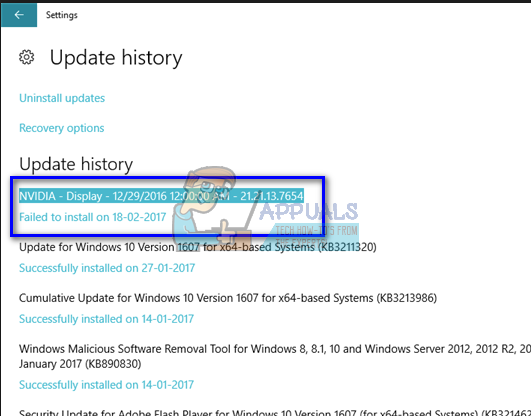
Solution 1: Manually Installing the Driver
This problem was seen mostly when users were trying to install NVIDIA drivers on their computer. If you are installing Graphics driver on your computer, it is extremely recommended that you don’t rely on Windows Update and install the latest compatible driver yourself using the official manufacturer’s website. Here we will first completely uninstall the currently installed drivers using DDU (Display Driver Uninstaller), and then install the driver manually using device manager. Open your driver and install the application before proceeding with the steps mentioned below.
Note: We have outlined the method how to install the latest display driver in this solution. You can implement the same principle if it is some other driver in your case (such as Realtek drivers etc.). You can skip the DDU part and follow the other steps.
- Before you uninstall the current graphics driver, download the latest drivers from your manufacturer’s website. Make sure you download the correct version of the driver corresponding to the version of the operating system and your system type (32 or 64 bit).
- After installing Display Driver Uninstaller (DDU), launch your computer in safe mode. You can learn how to boot your computer into safe mode by reading our article on it.
- After booting your computer into safe mode, launch the application which was just installed.
- After launching the application, select the first option “Clean and restart”. The application will then automatically uninstall the installed drivers and restart your computer accordingly.
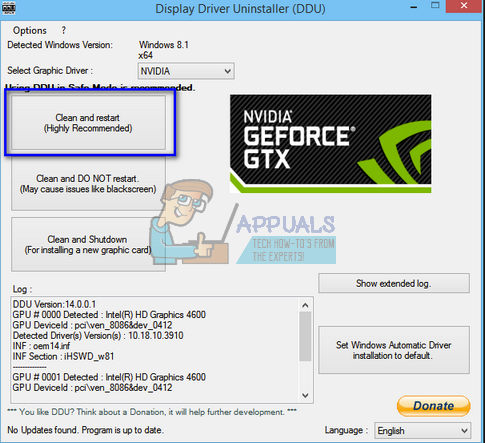
- Press Windows + R, type “devmgmt.msc” in the dialogue box and press Enter.
- Once in device manager, expand the category of “Display adapters”. Right-click on the device and select “Update driver”.

- Select the second option “Browse my computer for driver software”. Now navigate to the location where you downloaded the driver and install it accordingly following the on-screen instructions.
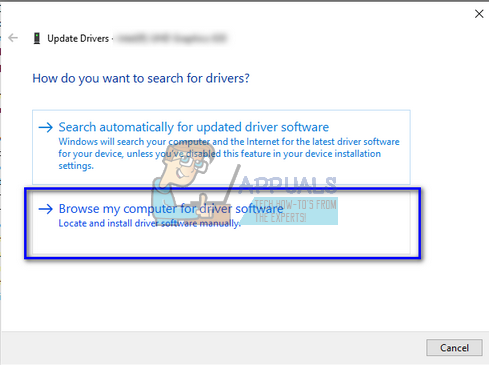
- Restart your computer after updating the driver and check if the problem at hand got solved.
Solution 2: Hiding the Update
If you have already updated the latest drivers for your device and you are still experiencing the error messages on Windows update, you can temporarily hide the driver updates on your computer. Do note that this will block all the driver updates on your computer, not just the display driver (or any other) update. Do note that you might require administrator privileges to carry out this solution.
- Press Windows + S, type “system” in the dialogue box and open the application. Or right-click on “This PC” and select “Properties”.
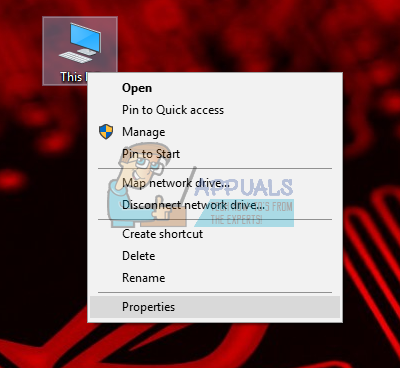
- Click on “Advanced system settings” present at the left side of the window.

- Open the ‘Hardware’ tab and click on “Device Installation Settings”.
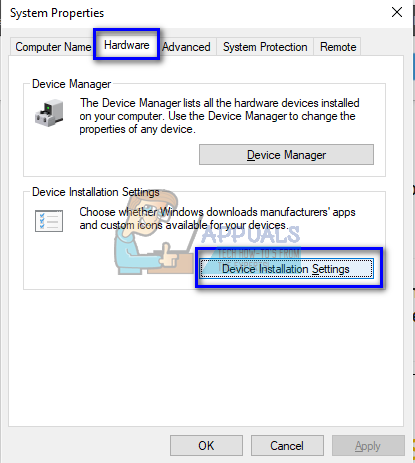
- Select “No (your device might not work as expected)” and click “Save Changes”.
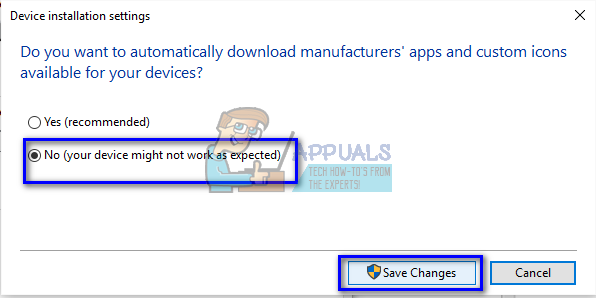
Restart your computer after making the necessary changes.
Now Windows will not prompt you for any driver updates on your computer. It is important to re-enable this option later on when the problem is fixed by Windows Update as you cannot always be on the lookout for the latest drivers available for your device.